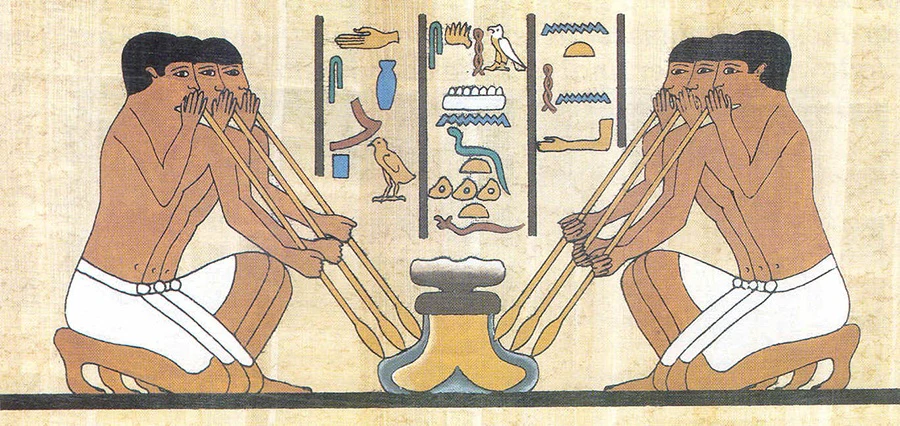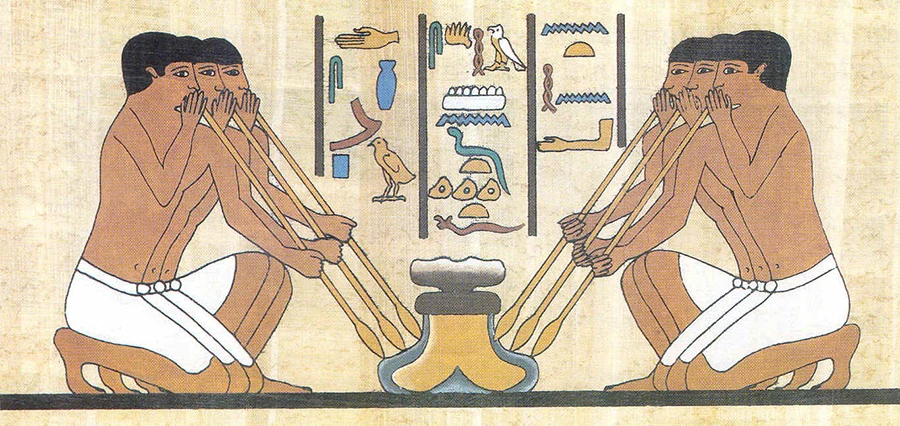The bong is one of the most popular and iconic tools used for smoking, especially in cannabis culture. But while almost everyone recognizes a bong, few people know its origins. Who invented this remarkable device, and how did it become such a staple? Let’s dive into the fascinating history of the bong and explore its roots, how it evolved, and its journey into modern times.

1. What is a Bong?
At its core, a bong is a water pipe that filters and cools smoke before it reaches the lungs. The basic structure typically includes a bowl (for holding smoking material), a downstem (which directs smoke into the water), and a chamber that fills with smoke. As smoke passes through water, it becomes cooler and smoother, creating a more pleasant smoking experience.
2. Tracing the Origins of the Bong
The exact origins of the bong are not entirely clear. However, archaeological evidence suggests that people have been using water pipes for smoking for thousands of years. Here’s a closer look at some possible origins:
- Central Asia: Some historians trace the bong’s origins to Central Asia, where nomadic tribes are believed to have used early versions of water pipes around 2,400 years ago. In this region, some ancient bongs were made of materials like bamboo and even gold.
- Africa: Other sources suggest that bongs might have originated in Africa. Archaeologists have discovered water pipes in Ethiopia dating back to between the 12th and 14th centuries. These pipes were made from animal horns and pottery, highlighting the creativity of early bong users.
- Southeast Asia: The term “bong” itself is thought to come from the Thai word “baung,” which refers to a cylindrical bamboo tube used for smoking. In Thailand and Laos, people have used bamboo tubes to filter smoke for centuries. This provides strong evidence that the modern bong may have evolved from Southeast Asian culture.
3. The Evolution of the Bong
As people traveled, they carried their smoking devices with them, sharing and adapting techniques. The concept of a water pipe for smoking spread across various cultures, eventually leading to the bong’s modern form. Here’s a brief timeline of its evolution:
- Ancient Times: Early versions of bongs were likely simple pipes made from bamboo or other readily available materials. People across Asia, Africa, and the Middle East used these to smoke herbs and other substances.
- Medieval Period: During this period, bongs became more sophisticated, with different cultures experimenting with various designs and materials, including clay, ceramic, and metal. African tribes, in particular, created ornate water pipes, reflecting their craftsmanship.
- Modern Era: The bong we recognize today began taking shape in the 1960s and 70s. With the rise of the counterculture and cannabis movements, people began seeking ways to improve the smoking experience. Glassblowers like Bob Snodgrass, an American artist, contributed to the popularity of glass bongs with intricate designs. This set the stage for the bongs that are now commonplace today.
4. Who Popularized the Bong?
While it’s challenging to pinpoint a single “inventor,” there are several key figures in the modern history of the bong:
- Bob Snodgrass: Often considered the “Godfather of Glass,” Snodgrass revolutionized the bong industry in the 1970s by creating beautiful glass pipes using a technique called “fuming.” This process added color-changing effects to the glass as it is smoked, making each piece unique. Snodgrass’s innovations made bongs an art form, and his influence is still felt today.
- Chong Glass and Other Companies: The 1970s also saw a rise in companies that specialized in glass pipes and bongs. Tommy Chong, of Cheech and Chong fame, partnered with glassblowers to create Chong Glass, a line of high-quality bongs that became popular in head shops across the United States.
5. How Bongs Became Part of Popular Culture
As cannabis culture gained traction in the 1960s and 70s, the bong became a symbol of this movement. Musicians, artists, and activists embraced the bong, associating it with creativity and rebellion. Movies, music, and art began to feature bongs, and they quickly became more than just a smoking tool—they were a cultural icon.
In recent years, bongs have evolved to include percolators, ice catchers, and other features to enhance the experience. With cannabis legalization in many places, the bong market has exploded, with designers creating custom pieces that are both functional and artistic.
6. The Bong Today
Today, bongs are more popular than ever. They come in various materials, including glass, acrylic, silicone, and even ceramic. Each offers a unique experience, and the modern market has something for everyone—from affordable options for beginners to intricate, high-end pieces for collectors.
Conclusion
While we may never know exactly who invented the bong, it’s clear that this smoking device has deep roots in human history. From ancient Asia and Africa to the counterculture of the 1960s and today’s cannabis movement, the bong has been cherished by people worldwide. This enduring popularity speaks to the bong’s effectiveness and the unique experience it offers.
As you explore the world of bongs, you’re participating in a tradition that spans thousands of years and connects cultures across the globe. So, whether you’re a novice or a seasoned smoker, remember that the bong you’re using has a fascinating history—and you’re now part of it.
